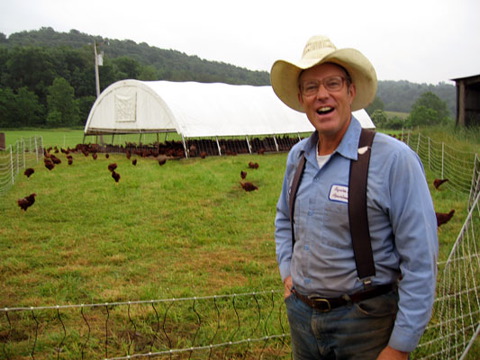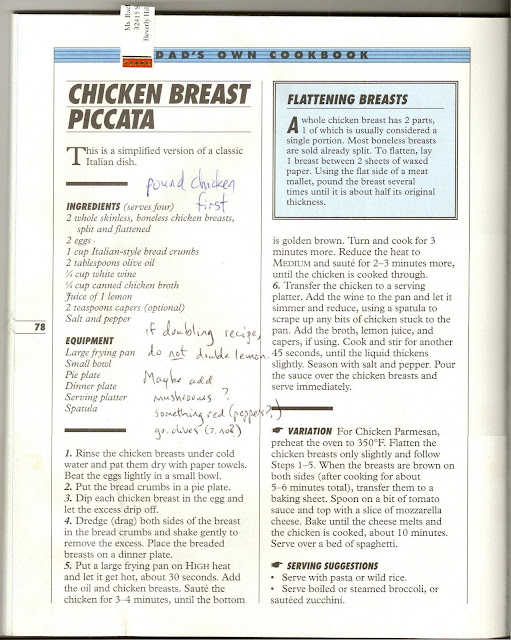"We're going to clean out the Three Rivers sewer system," one of our counselors told us, stifling a barely perceptible grin. "Make sure that you all wear clothes that you can get dirty in."
"They're lying," Sam whispered to the seventeen of us as we gathered outside the white vans that would allegedly take us to the sewers. "The counselors always say we're doing something gross when we leave camp like this," he said. "Last summer they said we were going to an old folks' home."
"Where are we going then, Sam?" asked Maya.
Sam smiled to himself and remained quiet.
This statement of fact by a knowledgeable camper and subsequent interrogation by the less knowledgeable one is a common exchange at Camp Tavor. Because of the esoteric nature of many of Tavor's traditions, new campers are often in the dark until an older or more experienced camper deems them worthy of an explanation.
“Come on Sam, just tell us already,” chimed in another camper from the back of the van as we turned down the long dirt trail that winds its way through the forest marking the edge of camp. The road heaves up and down past fallen trees and rusted metal fencing until you reach the first marker of civilization, the corn field. The field is always referred to as “the corn field” even when the farmer who tills it has planted a crop of dinky soy bean plants instead of the towering corn stalks that, at night, provide a much anticipated maze into which only the coolest of counselors take their campers to play a terrifying medley of hide-and-seek and tag called “Come Dance With the Devil in the Pale Moonlight.” As the vans heaved over the road's last hill and hung suspended, the trees to the left of the road narrowed into a sparse line, and the final symbol of civilizations' reappearance was revealed, the grey asphalt of A.L. Jones, the paved two-lane highway marking the beginning of the rural outskirts of Three Rivers.
Ten minutes after the vans turned onto A.L. Jones, they round another bend onto North Main Street. Sam recognized the street name and a mile-wide grin spread across his face.
“Come on Sam, tell us where we're going,” I implored. At 11, this was my first year at camp and I was aching to know what the big surprise was.
“Goldies,” Sam finally replied, grin spreading even wider. “We're going to Goldies.”
As the vans slowed to turn into the parking lot, the white and green sign came into focus: “Goldies” in black-lined gold bubble letters. “Pizza*Subs*Burgers" above the gold script, and the most important words below in capital letters, "ICE CREAM."
We piled out of the vans and took our places at the picnic tables waiting outside, the giant umbrellas poking out of the middle of the tables like palm trees a welcome respite from the humid heat of the summer.
“All right,” said a counselor, “this is how it works. Four people inside at a time, when someone comes out, another person goes in”. As a camper, the inside of Goldies was mysterious, somewhere we only ventured to pick out what kind of ice cream we wanted or to use the bathroom. We always scampered back outside to eat our ice cream, the summer heat made the coolness of the ice cream that much more refreshing.
As kids, ice cream was all we ever ate at Goldies, nothing else on the menu interested us. Looking back, we were hardly empathetic towards the lactose-intolerant kids who never got to experience the wonder of yellow cake batter or peppermint patty ice cream. They were limited to a box of french fries. The scoops of ice cream were enormous to our eleven, twelve, thirteen year-old eyes. No one could match our monstrous appetites. Even a small serving was too big for some of our sugar-headache-wary counselors. No ice cream was too large, too sugary, too cold for us. We scarfed down frozen delight with reckless abandon, monstrous grins on our faces the whole time. My personal favorite was “Peppermint Patty,” the devilish transformation of a York Peppermint Patty into a rich ice cream form.
Goldies ice cream and I had been close friends for years but my more mature and passionate love affair with everything in the restaurant began in 2009, my first year as a counselor at Camp Tavor. The summer was one of exhaustion and excitement. The amount of work and planning that we had to do was inversely proportional to the amount of sleep we received and thus our general well-being. I soon discovered that everyone needs a break from the always-on mentality of camp. Luckily, the wise staff in the past had established a system of break taking that proves effective still today. Everyone is allotted one whole day, one half day, and two nights off per three- or four-week session. Counselors used these breaks to go out to eat at restaurants in Three Rivers, maybe go to a movie, and finally retire to the corn field at the edge of camp to swig burning mouthfuls of apple brandy distilled at Hubbard's, the nearby farm.
This constant stress and responsibility as a counselor was camp from a totally different view point than I had experienced it before. When I was a camper, things just happened, we went to activities and had fun with no knowledge of the fact that someone had to spend time (precious, precious time) planning them. Now that I was on the other side, the work that went into making camp run smoothly became clear. Every event needed to be planned, every outing required med forms, first-aid kits, and wrangling two or three certified drivers from their busy camp lives. The real stress came from balancing all of these activities with the task of dealing with the fallout from the petty arguments and insults your campers threw around. Taking a break from all that was one of the best experiences at camp. That's not to say I didn't enjoy being with my kids, just that even the most dedicated counselor needs a break from all that stress and lack of sleep.
The cornfield was something else thrown into a new light when I became a counselor. It wasn't a maze of gigantic stalks anymore, the corn was still there but now it inhabited the periphery of my perception. What mattered now was the circle of chairs and the few flashlights illuminating the beading cans of beer and amber bottles of brandy being passed around the circle. I can proudly say that I never got so drunk that I couldn't still be an effective counselor when I returned to camp in the morning. I'm not sure that I can say the same of some of the other counselors though. Every few weeks stories would percolate around about vomiting in the counselor's area. For the most part though, we didn't let our relaxation intrude into our kids' summers.
Being among my fellow counselors on my first break, all of whom had shared my same wonderful experience with Goldies ice cream, we naturally decided to explore the other fare that the restaurant could offer. What a decision. The experience of driving out of camp, not packed into giant white vans, but tooling around in crappy pre-college student sedans and minivans was a new and thrilling one. We screeched into parking spaces outside Goldies and walked into the cool air conditioned interior. Always focused on the steaming ice cream buckets behind the counter directly across from the door, I had never noticed what the inside of Goldies looked like. It was a diner, tables and chairs, booths along the walls, nothing fancy.
We walked up to the counter, and I, thinking I'd try a totally new meal, ordered both a Southwest Barbecue Burger and an order of eight chicken wings. It was love at first sight. My whole meal was $8, perfect for a near-broke camp counselor. Let's begin with the burger. Three onions rings atop a ½ pound burger covered with American and Pepperjack cheese, pickles and a hearty helping of BBQ sauce.
Next, the dish that, after eating for the first time two years ago, I will now give nearly anything for, Goldies chicken wings. Slathered, and I mean slathered in BBQ and Tabasco sauce. These wings are gigantic. Goldies was my first experience with them, so I had no frame of reference for the average size of chicken wings. Looking back, these were enormous. When eating normal wings, you scarf a couple down without even realizing it but I tasted each and every of those eight wings that I devoured that night. The spicy sweet punch of the sauce against the crunch and texture of the breading and the soft smoothness of the chicken beneath was unbelievable. I burned through them like a hot knife through butter. Or a hungry camp counselor through a plate of incredible wings. This was an adult meal. My first introduction to the wonders of BBQ sauce and expanses of barbecued meat. There is nothing childish about sucking the last morsel of saucy meat off of the bone, tossing the bare wing atop the mountainous pile of its companions, grinning contentedly, and gently reclining so as not to lose the meal you've just ingested. After a lengthy digestive rest, I staggered to the bathroom to wash the barbecue and Tabasco sauce off of my hands. I was still smiling when the jet of burning water from the faucet scorched my hands the same color as the sauce. Walking out into the windy summer night, my red hands burnt with the same feeling as my throat soon would be as the apple brandy we were going back into the cornfield to drink scorched its way into my stomach.




